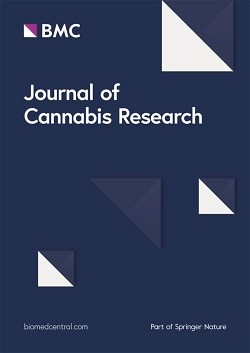Abstract
Cannabis sativa L. is a high-value medicinal crop whose nutritional requirements and fertilization strategies remain poorly defined, particularly in relation to cannabinoid production. This study evaluated the effects of inorganic fertilization (N, P, and K) on biomass accumulation, nutrient uptake and balance, and cannabinoid content in Cannabis sativa L. A high-cannabidiol (CBD) cultivar was propagated from ex vitro cuttings and grown in 10 L pots with commercial substrate. Treatments included a non-fertilized control and increasing doses of N (0–10 g plant−1), P (0–6 g plant−1), and K (0–10 g plant−1), with higher P and K doses applied during the reproductive stage. Biomass production peaked at 5 g N, 2 g P, and 3 g K plant−1, yielding 41.9% more than the control. Fertilized plants showed harvest indexes of 31–42%. Additional P and K during the reproductive stage did not enhance inflorescence biomass and CBD content. Tissue nutrient concentrations increased with fertilization. Inflorescences had maximum N and P levels at 5 g N and 2 g P plant−1, while leaves accumulated more K at 7.5 g K plant−1. CBD content increased and THC (%) decreased progressively with nutrient supply. High nutrient doses, however, led to nutritional imbalances and plant health issues. Nutrient balance analysis showed differential macronutrient extraction by treatment. These findings highlight the importance of optimized fertilization strategies to enhance both biomass and cannabinoid production in high-CBD cannabis cultivars.




